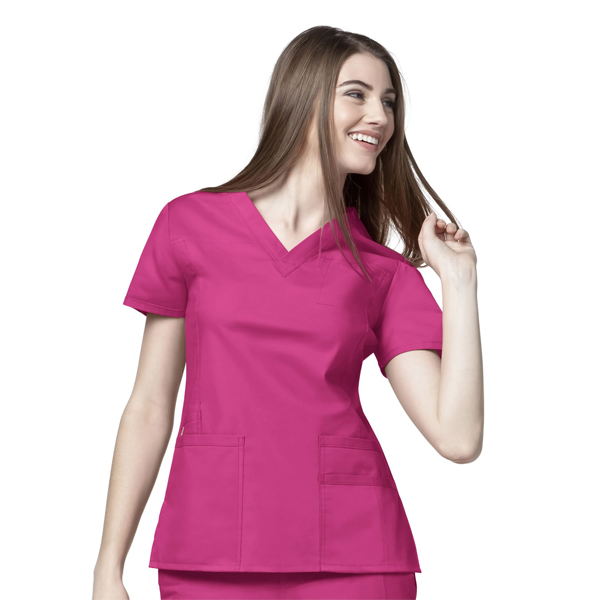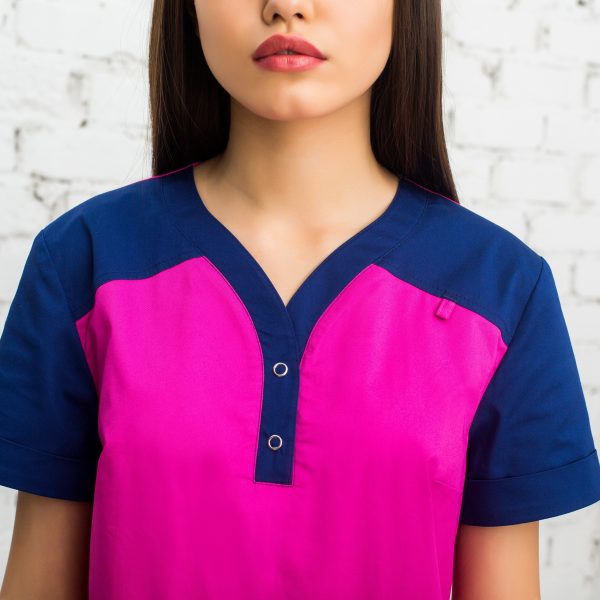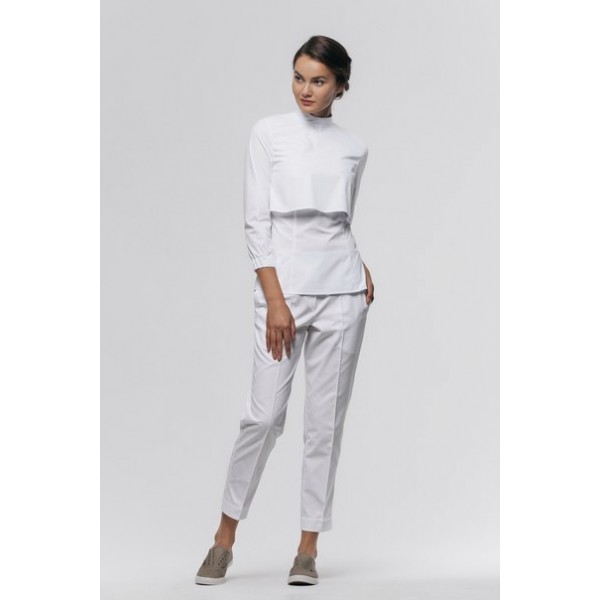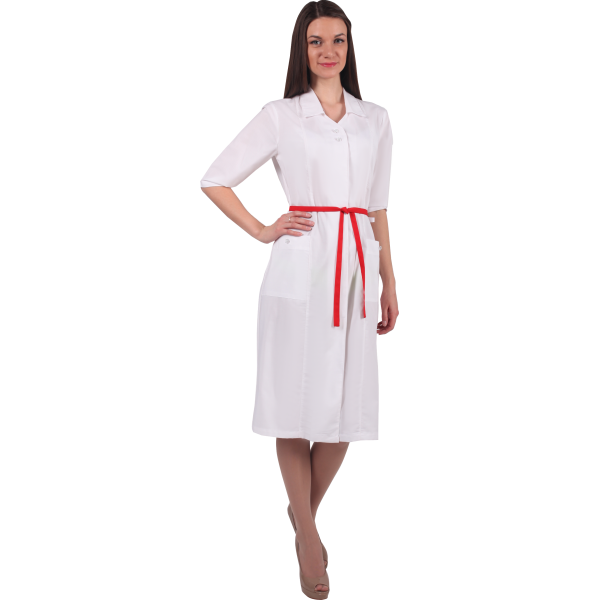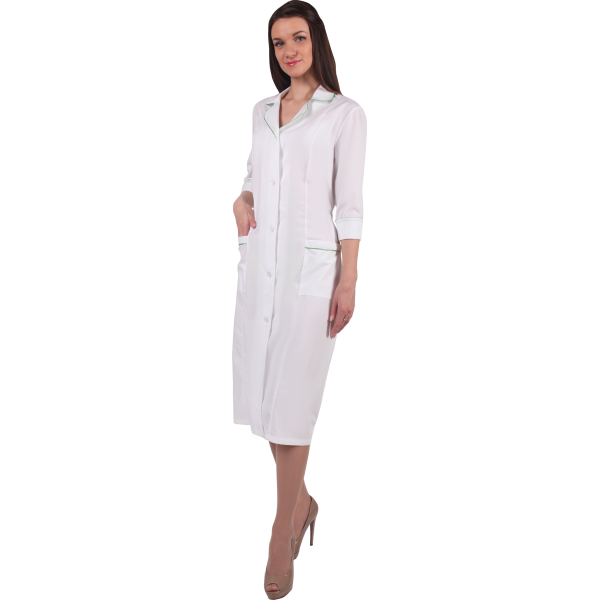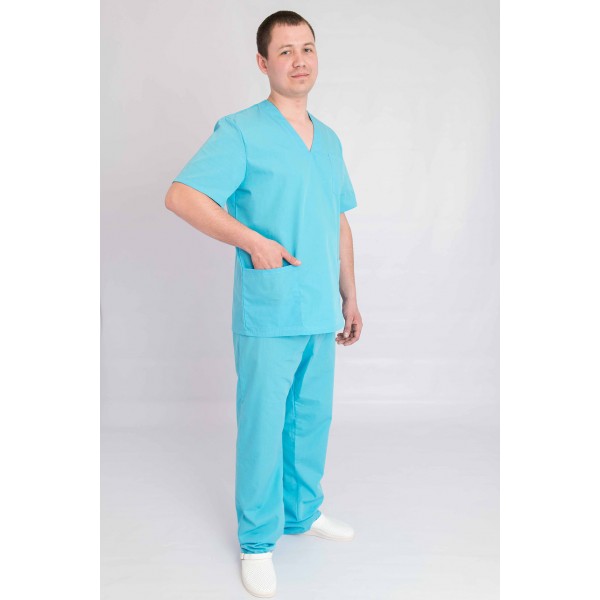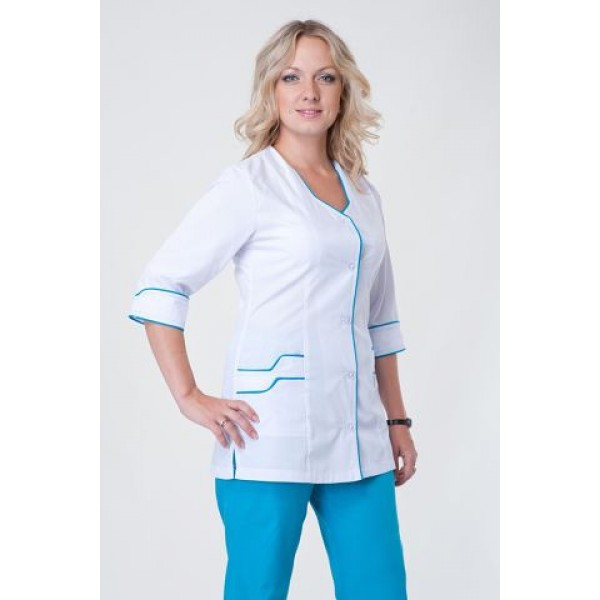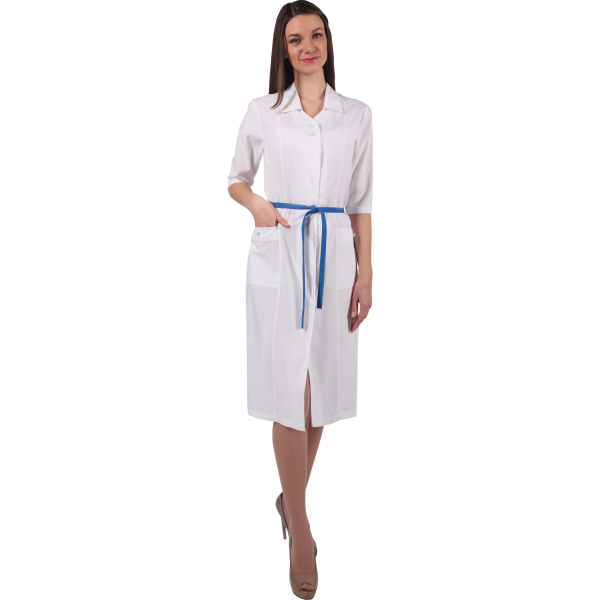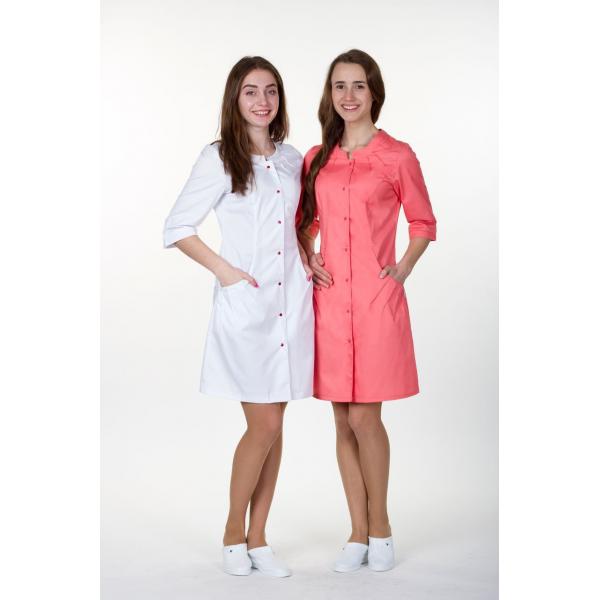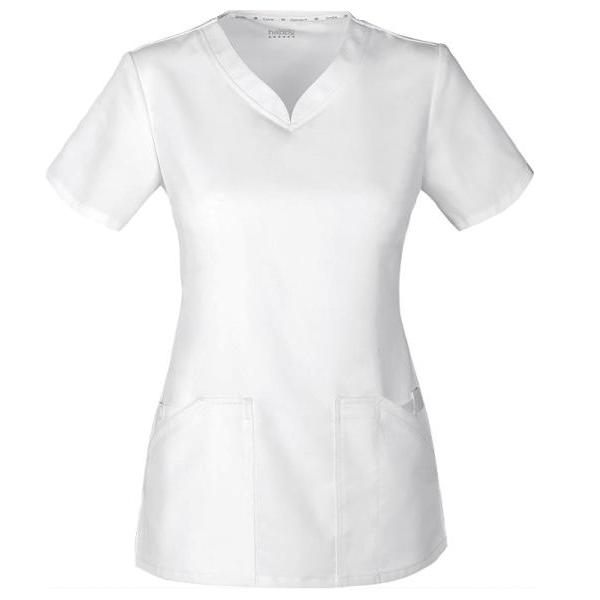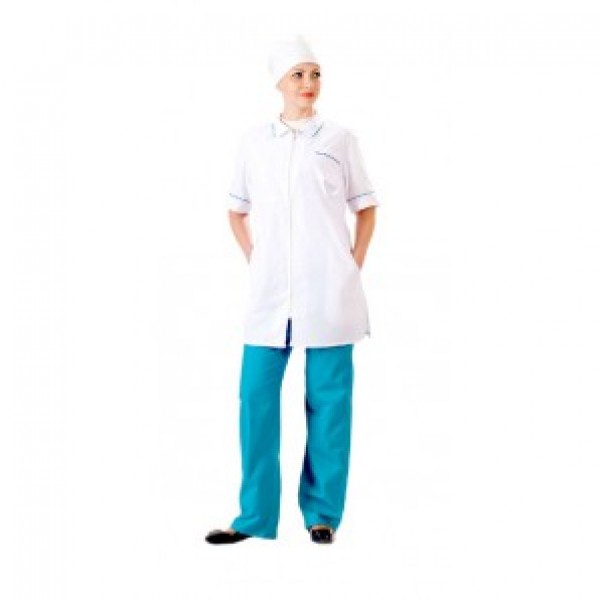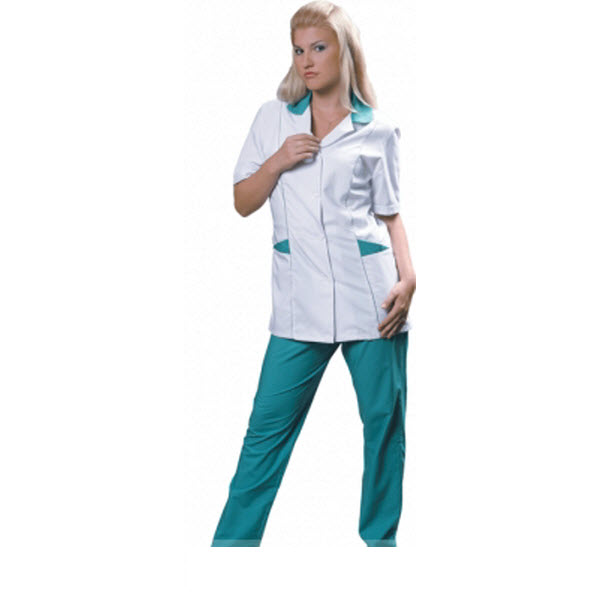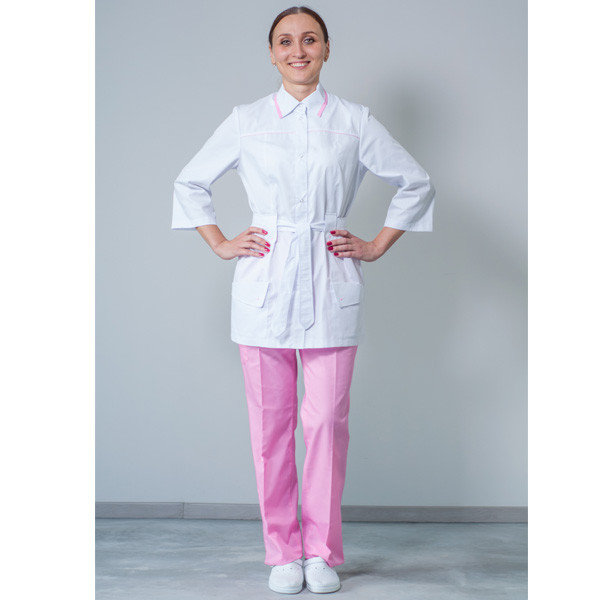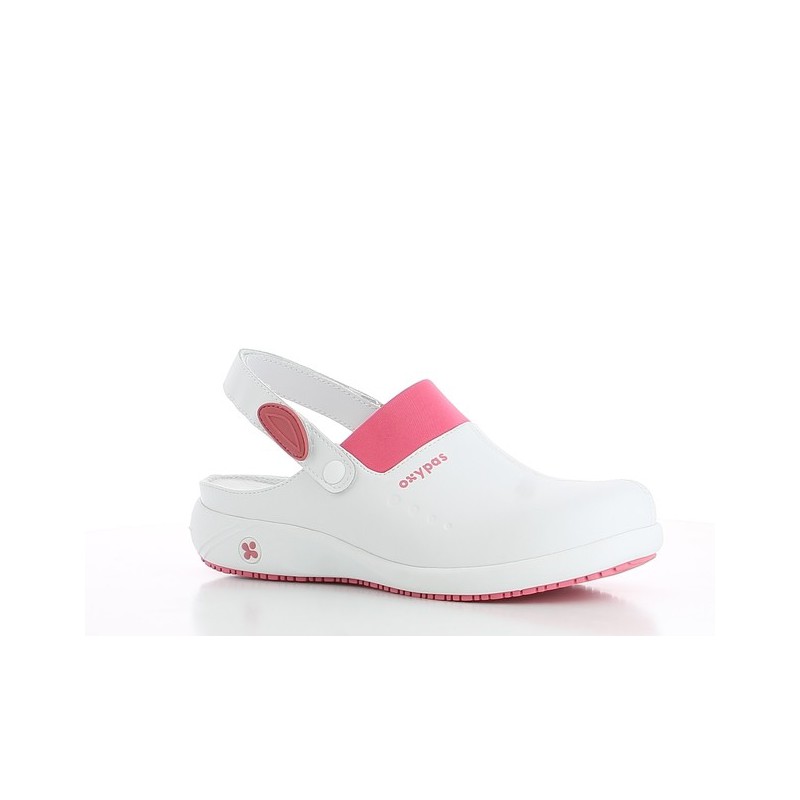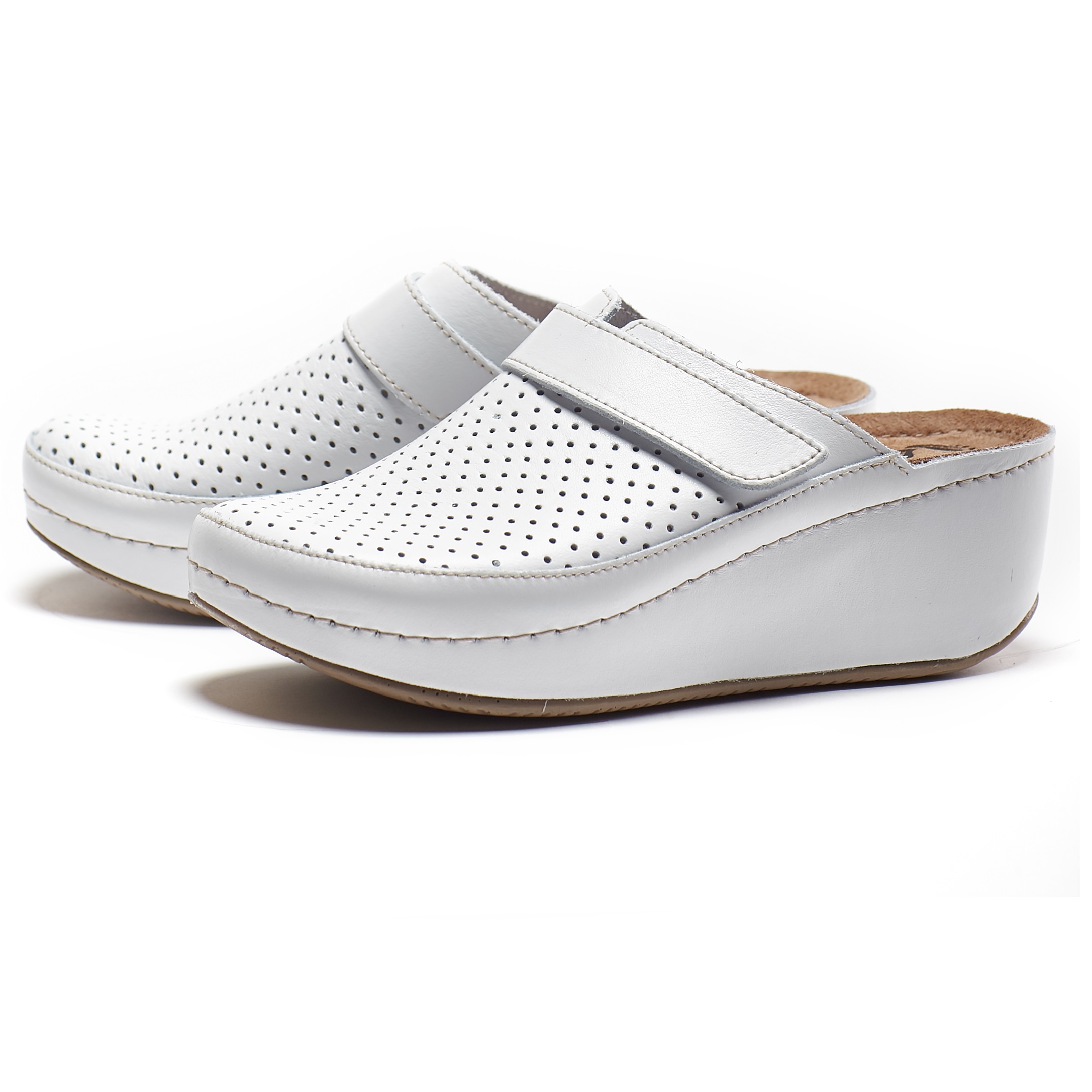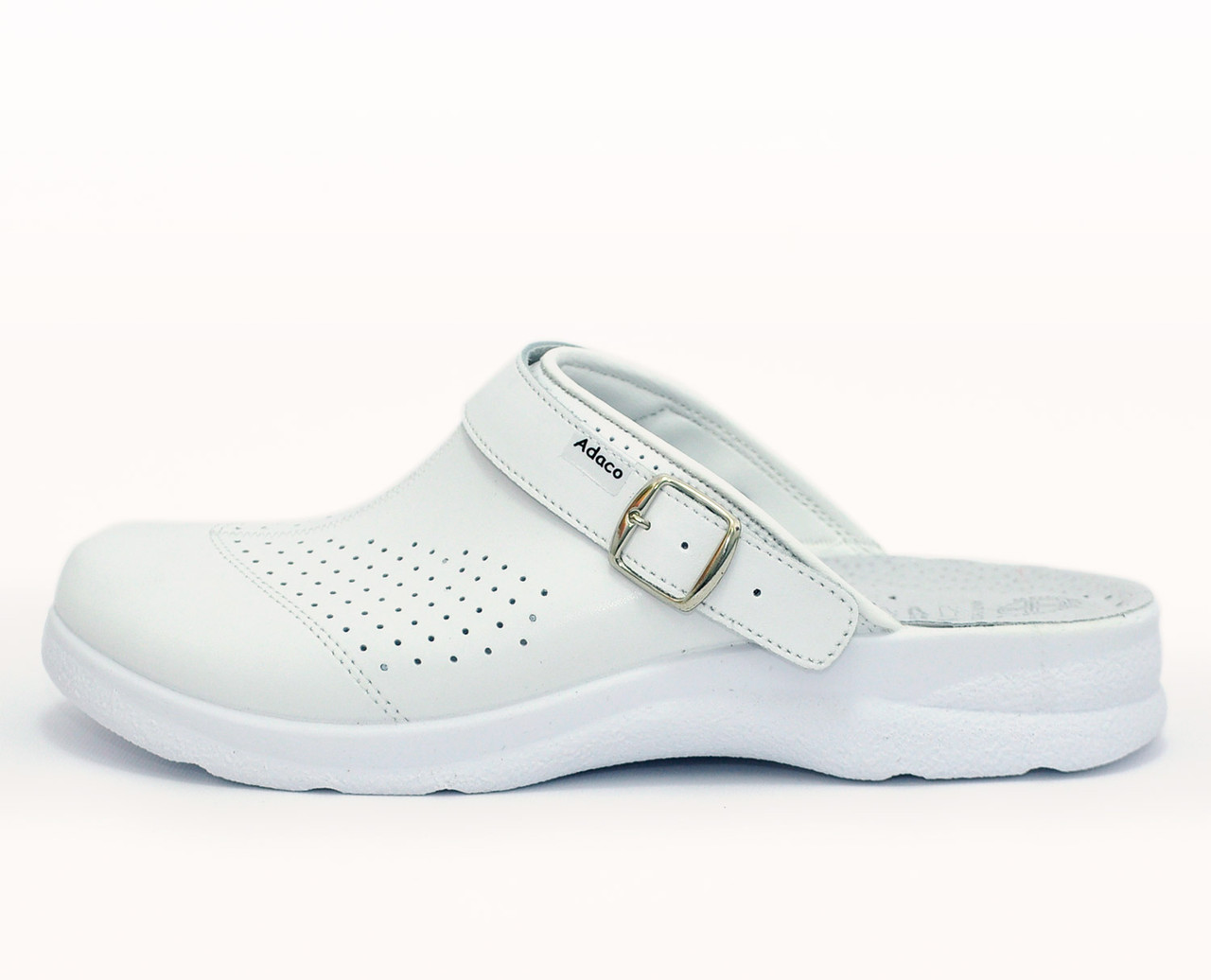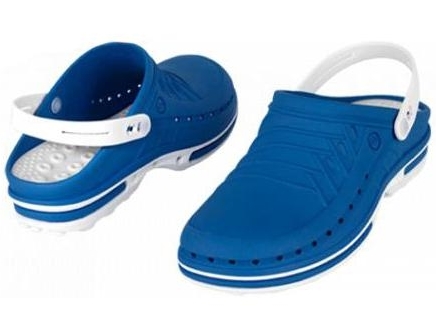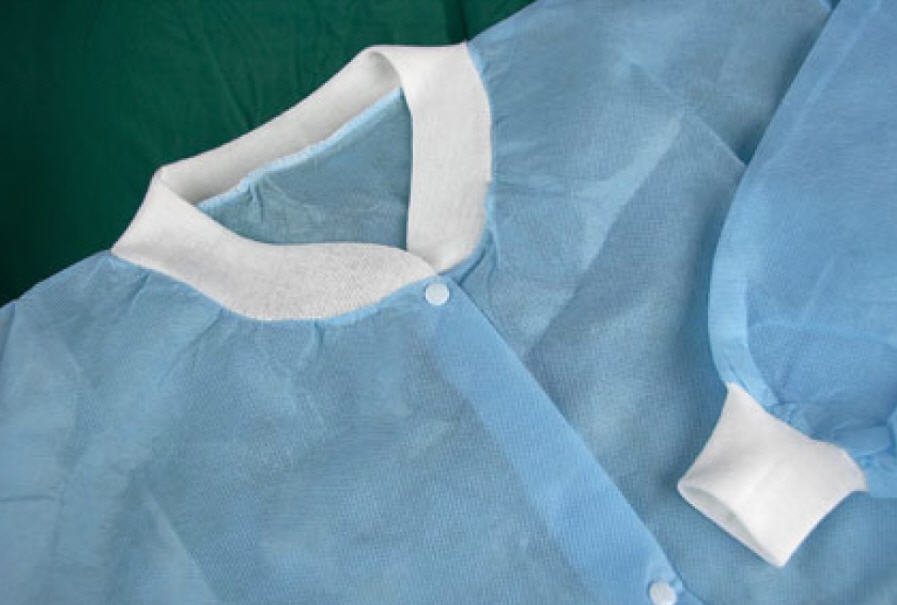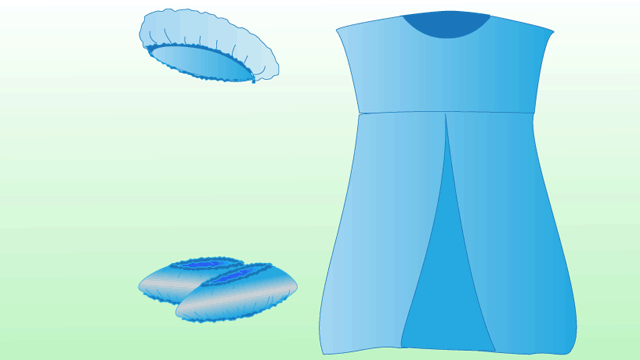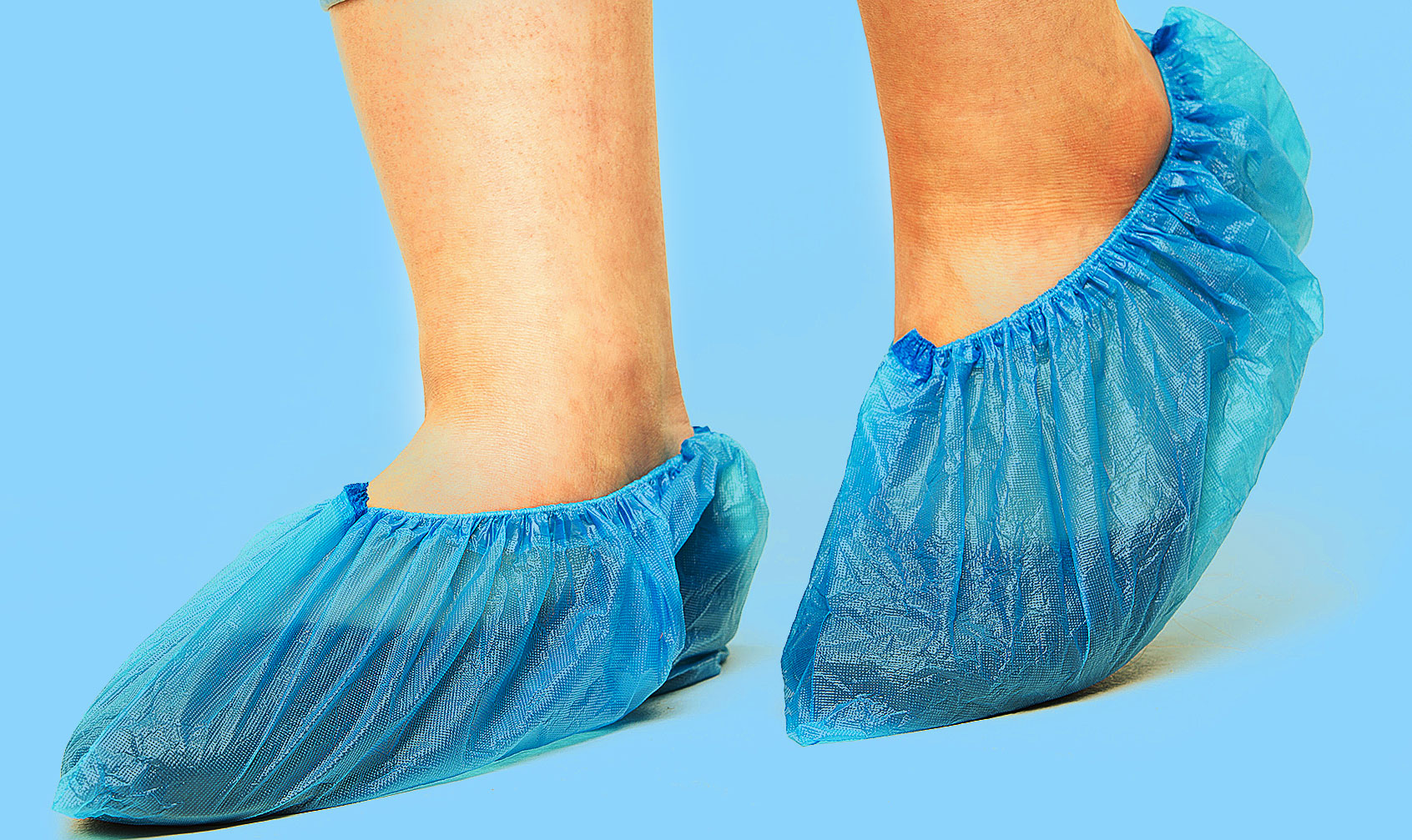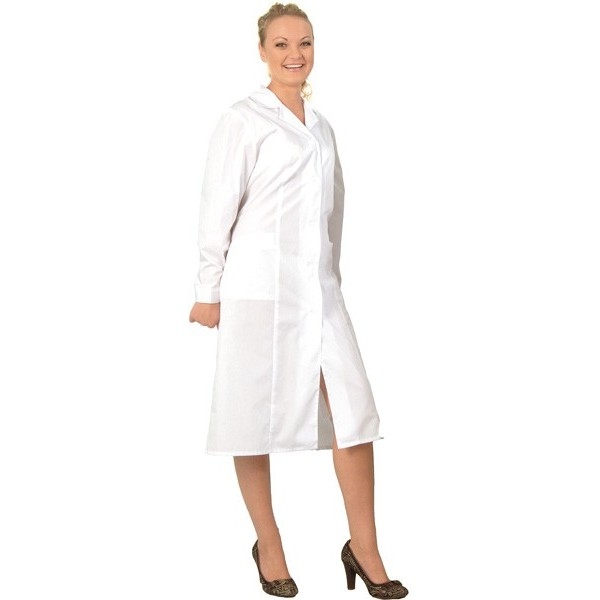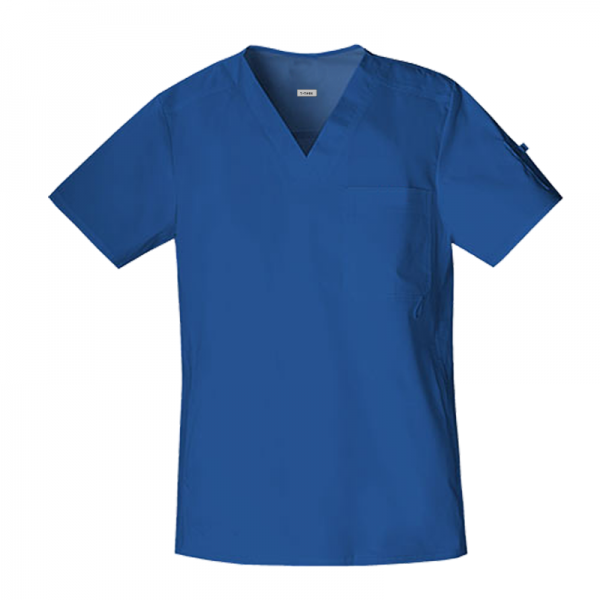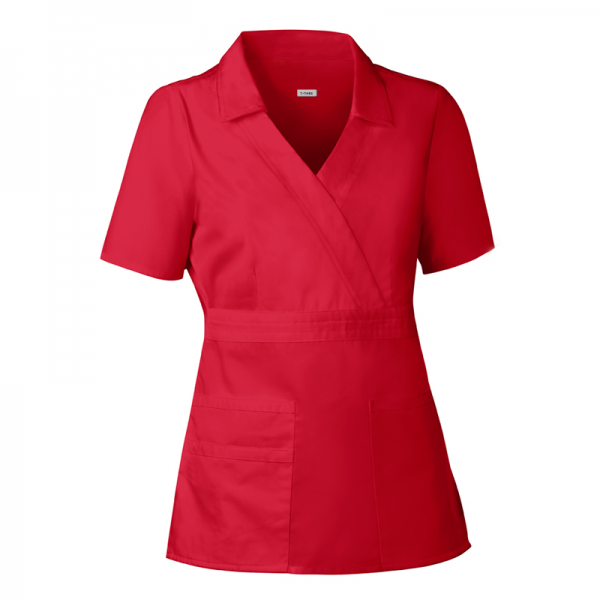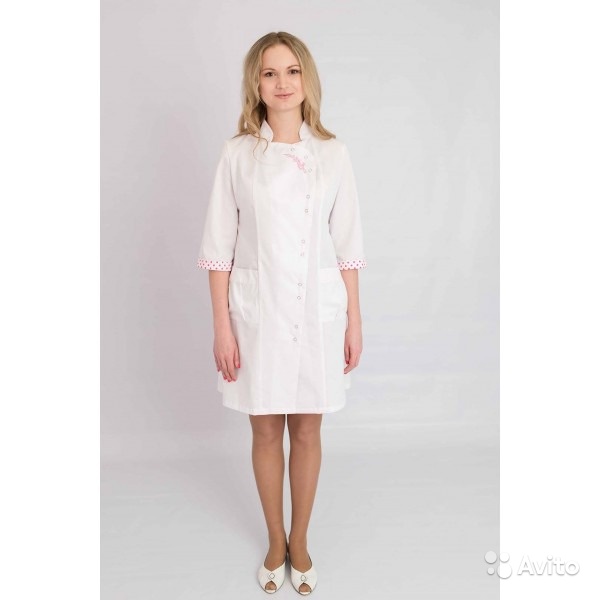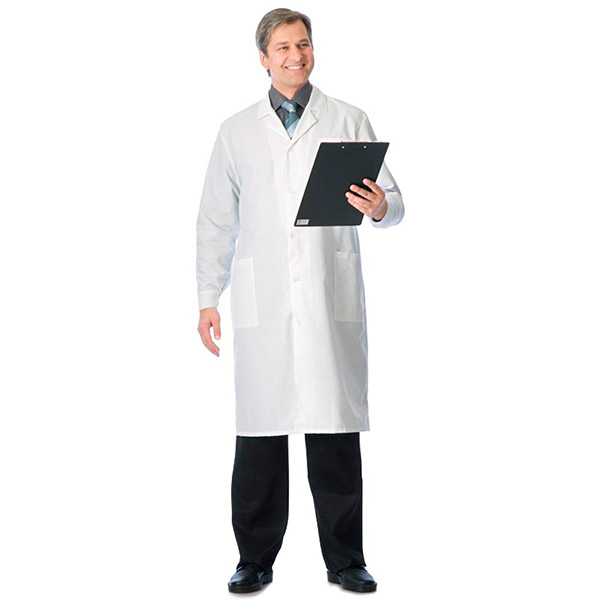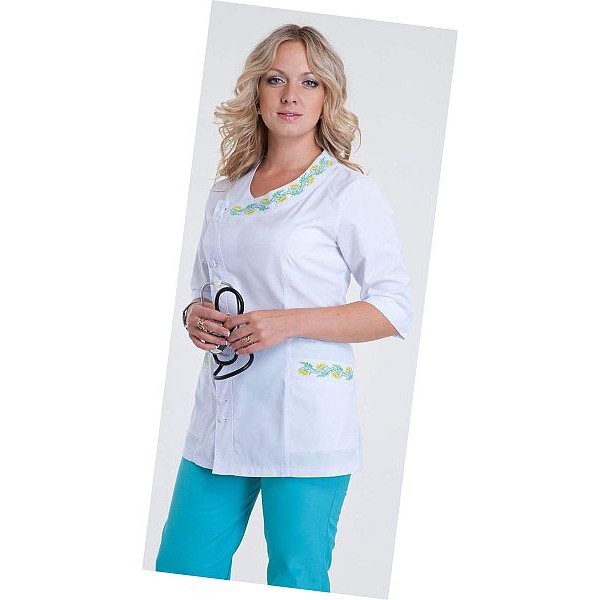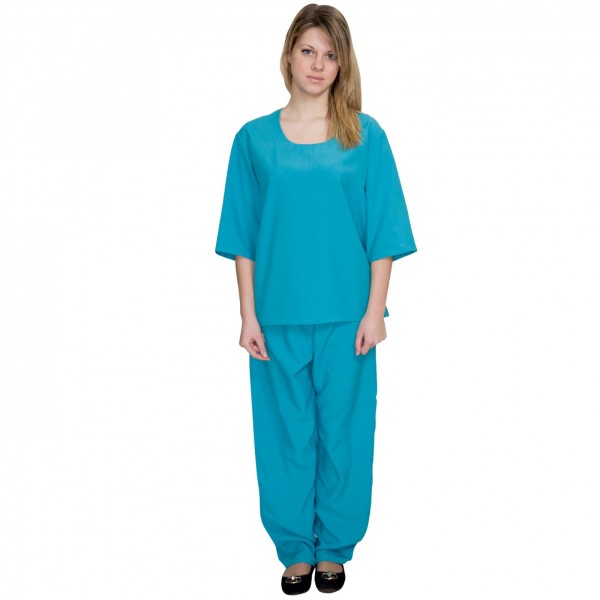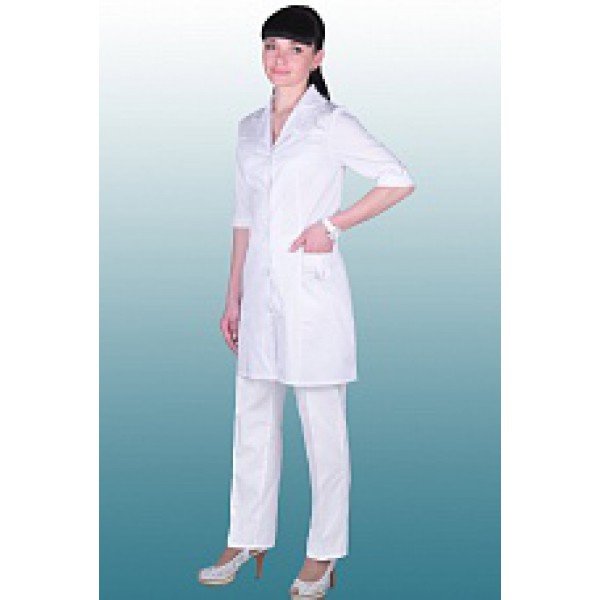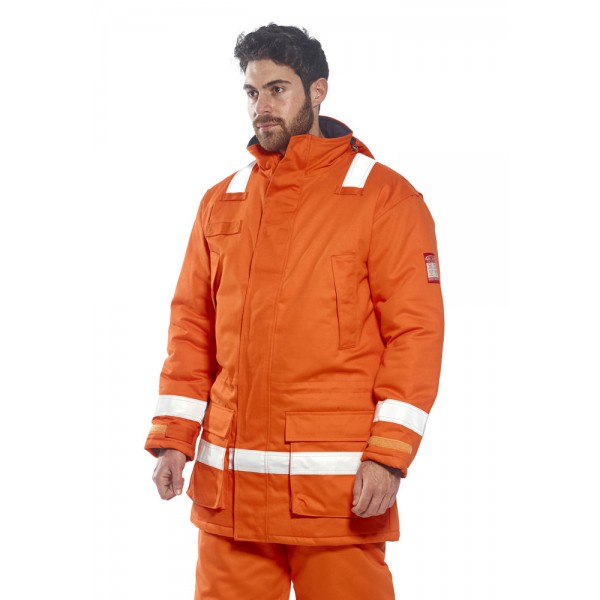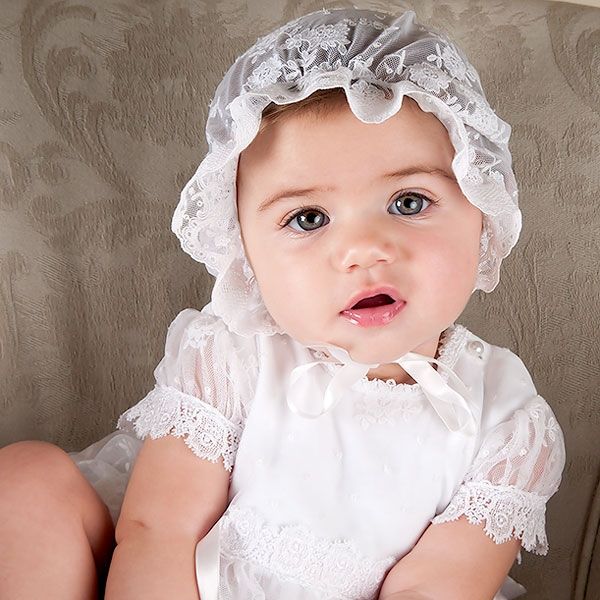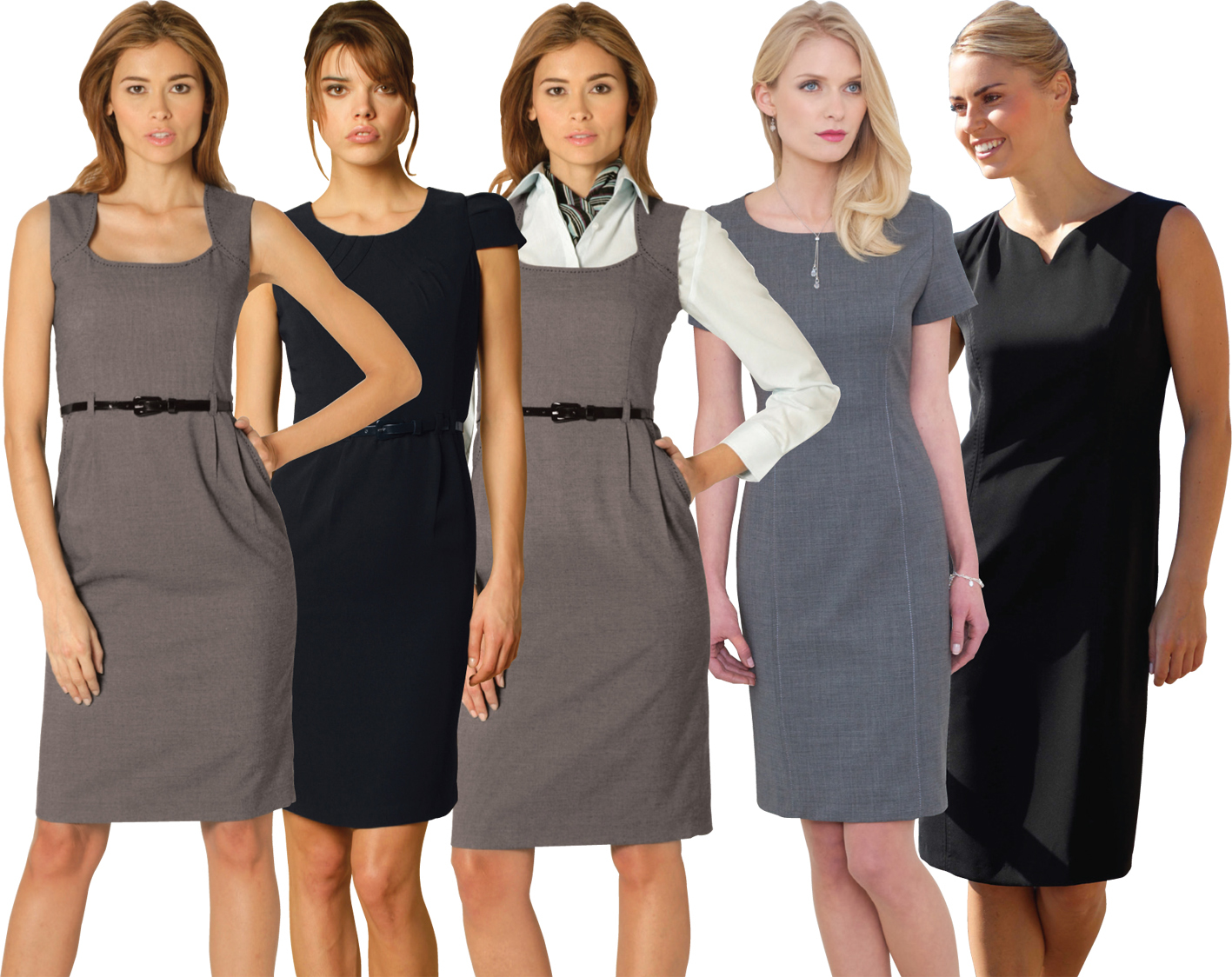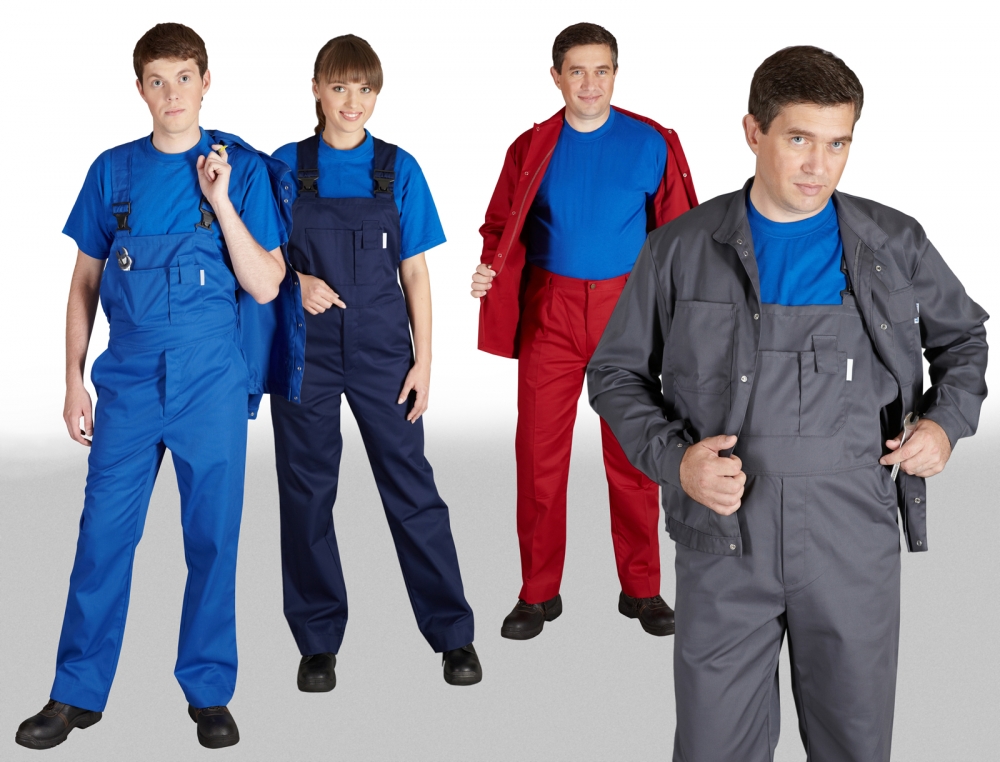In medical activities, the appearance of the staff is taken seriously, as well as protection from infections. Thus, medical clothing must be of high quality and functional, but at the same time, modern trends affect its appearance, allowing employees of medical institutions to look beautiful.
Main Features
Medical clothing is designed for comfort, hygiene, and most importantly, protection. During working hours, hospital employees are often exposed to the risk of infection, because their main duty is to examine and treat patients. In order to avoid infection, all medical personnel must wear special clothing that protects against the effects of harmful bacteria and infections.
But in addition to the risk of infection, there is a risk for medical workers to suffer from toxic spills or poisoning while working. Based on this, special clothing has been developed that protects against injuries, cuts, and even intoxication.
The clothing of medical workers is not only an aesthetic attribute of medical activity, but also a kind of tool that ensures safety. But to achieve the latter, strict compliance with quality standards is necessary. It is especially important for administrators who meet patients at the reception, demonstrating the status of the clinic with their appearance, to look perfect.
When creating a uniform, the specifics of the work of medical personnel are taken into account. In any case, it should:
- Easy to clean;
- Made from natural raw materials;
- Have a pleasant appearance;
- Correspond to the scope of activity of the medical institution employee.
The cut of clothing for medical workers should be comfortable for carrying out their daily duties. In some cases, the clothing of a medical worker must be sterile.
Types and standards (robes, suits, special sets)
Clothing for medical workers is divided into several categories, which depend on the field of activity, this can be:
- Robe;
- Medical suit;
- Surgical suit.
The first of the above items is a uniform for doctors and employees of a medical institution. Despite the fact that a robe is a standard form of clothing for medical personnel, it comes in various styles and models. Unusual design solutions are also popular, but such products are typical for private clinics, where competition plays an important role and the desire to stand out is paramount.
Until recently, robes were the same for both men and women. But modern models are divided by gender - various decorative elements and trim are used. The following elements can be used: embroidery, fasteners, colored inserts or additions with thematic drawings. As medical clothing for pediatricians, not only robes can be used, but also suits, which are more convenient for working with children.
As for medical suits, they are more often used by hospital workers. It consists of a shirt and pants, but at the same time, you can easily distinguish between men's and women's medical clothing by the suit. As for the color scheme, there are no special restrictions, the main thing is that the colors are not too bright. Surgical suits, which are necessary for performing operations, deserve special attention. They are worn not only by surgeons, but also by junior staff and operating nurses, although there is a color difference here. A surgical suit differs from similar ones in that it does not have any buttons or zippers. This form is often sewn from blue or green fabric, since these colors do not reflect the light falling from the operating lamps, which will help the eyes of medical workers to strain less. In the case of surgical suits, the female form differs only in its fitted cut, otherwise there are no differences.
The first aid uniform can be either a robe or a suit consisting of trousers and a shirt. Most often, the doctor uses the first option, and the nurse the second. But the clothes for massage therapists include only a suit, since it will be inconvenient to carry out medical procedures in any other uniform.



Fabric requirements
Modern medical clothing is made exclusively from high-quality natural fabrics, but in some cases the use of a special impregnation is required.
Suits and robes are made of fabric with a high content of natural raw materials to significantly improve the hygiene and hygroscopicity of the product. If artificial fiber is used in small quantities, this fact extends the service life of clothing and increases its wear resistance. The combination of cotton, viscose and polyester is determined by the State Standard GOST 11518-78.
The situation with surgical suits is somewhat different, here the obligatory condition is impregnation, necessary for protection from dangerous contaminants. Due to this, biological liquids that get on the clothes are not absorbed, but simply roll down. Another important requirement for medical clothing used by surgeons is hygroscopicity. This is necessary because the surgeon spends several hours in special clothing during the operation and the body should feel comfortable.
Thus, the fabric for sewing medical clothing must meet the following requirements:
- Durability – clothing should be washed and disinfected frequently;
- Breathability – the uniform should “breathe”;
- Hygroscopicity – this requirement is due to the fact that the doctor must not be distracted during complex manipulations. This requires tension, and special clothing will absorb sweat and protect against discomfort. The greatest hygroscopicity is characterized by linen, knitwear, cotton and natural silk, from which underwear and underwear are made;
- Shrink-resistant – clothes are washed frequently and should retain their original size;
- Thermal protection is necessary during winter period, it directly depends on the properties of the fibers. Cotton, nitron and wool are used for this purpose.
Another important requirement is the sewing and quality of the seams, which is why medical clothing from Italy is ordered more and more often.
Care instructions
Care of medical clothing made of natural fabrics requires certain skills and knowledge, as it turns yellow, wrinkles a lot and often gets dirty. But mixed fabrics for medical clothing also “breathe”, dry quickly, do not lose their original color, have water-repellent properties and do not wrinkle as much. Therefore, clothing made of mixed fabric is more popular. It will not need to be boiled, which is an undeniable advantage. For washing, a temperature regime of forty to seventy degrees Celsius is required, depending on the degree of contamination.
Medical clothing does not require any special care; it is enough to follow the following rules:
- Sorting, during which colored clothes are separated from white ones, and then washed separately. If the item is originally multicolored, the maximum washing temperature is forty degrees Celsius;
- It is imperative to check your pockets for items that often damage things;
- All existing fasteners, buttons, snaps and zippers should be pre-fastened and the garment should be turned inside out;
- The use of chlorine or bleach is unacceptable, as they thin the fabric and spoil the color. If the stain cannot be removed in the usual way, it is necessary to pre-soak the product in cold water using a detergent;
- It is advisable to use a conditioner-rinse, which will remove static, but at the same time will give additional freshness to medical clothing;
- If the uniform is made of white fabric, it can be washed at a temperature of sixty degrees Celsius with the addition of bleaching agents.
The uniform should be washed regularly to avoid old and difficult to remove stains. The product should be dried in the open air to remove any unpleasant odor. Ironing of dressing gowns and suits is done from the inside out.
More and more often, directors of private clinics order clothing in specialized stores, as new items and best-sellers are regularly received there. All products presented are distinguished by their durability, quality of fabric and tailoring. Medical clothing can be not only high-quality, but also stylish.
Stain removal
There are often situations when the product itself looks perfect, but a small stain on the pocket or chest spoils the appearance. Clothes for dentists, surgeons, and gynecologists suffer especially in such a situation. In this case, there is no need to rush to dispose of it; most stains that arise during medical practice can be removed.
In order to effectively remove the stain, you should find out the cause of the stain. It is easiest to deal with fresh stains, which are immediately washed with warm water and soap, which will avoid the use of more aggressive products.
Blood stains are easily washed off with cold water, then use a stain remover and simply wash. Ballpoint pen paste is easily removed using laundry soap or a stain remover. As for greasy stains, they can only be removed with hot water using a stain remover, which is left on the fabric for fifteen minutes, after which it is simply washed off. If the medical worker's uniform has an unpleasant smell, this can be eliminated using ordinary soda, which is added to the water.
Footwear for medical workers
Medical staff are rarely in a sitting position, they are constantly moving around the institution, taking care of patients. Therefore, the uniform should be comfortable, not causing inconvenience during work.
As for shoes, they should have a comfortable last and be made of natural materials. Practical design is also important. The sole of medical shoes should be durable, flexible and light. Shoes for personnel working in the surgical department should have good grip, which is especially important when constantly moving on tiled floors, this can be achieved by rubberizing. The presence of a heel is allowed, but it should not be higher than four centimeters, otherwise it can provoke problems with the spine.
Natural materials are used to make medical footwear, such as suede, leather or textiles, which allow air to pass through perfectly, preventing moisture from accumulating. Otherwise, there is a high probability of developing dermatological pathologies on the feet.
Another important condition is the shape of the shoes, which should be loose, but not dangling. As for the design, the model of medical shoes can be different, the main thing is that it can be easily cleaned and processed. Based on this, it is preferable to choose products without small parts on which infection will accumulate.
Disposable clothing
Medical personnel must have the following disposable protective equipment:
- Gloves;
- Shoe covers;
- Face mask;
- Headwear;
- Safety glasses;
- Apron;
- Protective screens.
But not all of the listed elements must be available without fail, here everything depends on the specifics of the activity. Sterile disposable clothing is sometimes required not only for doctors, but also for patients, during surgery, childbirth and rectoscopy. Today the following are produced:
- Maternity and newborn kits;
- Robes for visitors;
- Shirts for patients preparing for surgery;
- Surgical suits and much more.
Clinic staff use disposable medical clothing to maintain sterility and cleanliness. As medical practice shows, the use of disposable clothing can reduce the risk of postoperative complications by half. In addition, the use of this type of special clothing prevents infection of medical personnel.
Despite the amount of sterile disposable medical clothing that is needed in every clinic, purchasing it will be much more profitable than using reusable clothing, since there is no need for ironing, disinfection and constant washing. Disposable clothing is made from non-woven materials that are non-toxic, breathable, absorb moisture and are not capable of causing allergic reactions. Used disposable medical clothing is considered medical waste, which is disposed of in accordance with the “Rules for the Destruction of Medical Waste”.
Photo
Video


